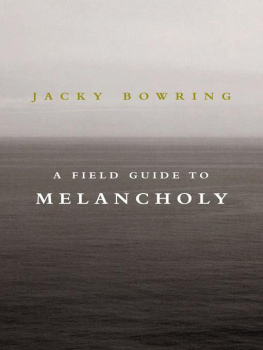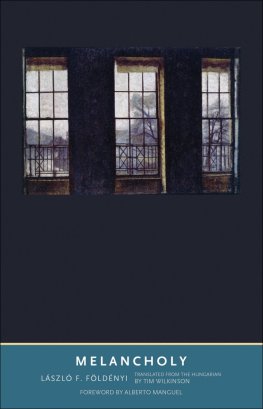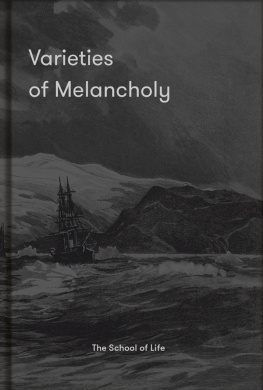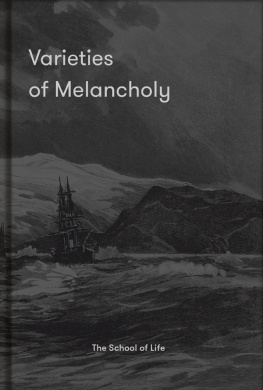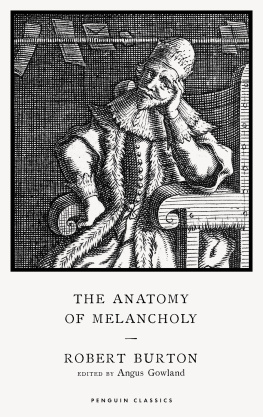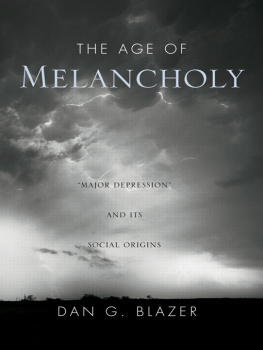This ebook edition first published in 2015
By Oldcastle Books,
PO Box 394, Harpenden, Hertfordshire,
AL5 1EQ, UK
Oldcastlebooks.co.uk
Jacky Bowring 2008
All rights reserved
This ebook is copyright material and must not be copied, reproduced, transferred, distributed, leased, licensed or publicly performed or used in any way except as specifically permitted in writing by the publishers, as allowed under the terms and conditions under which it was purchased or as strictly permitted by applicable copyright law. Any unauthorised distribution or use of this text may be a direct infringement of the authors and publishers rights, and those responsible may be liable in law accordingly
The url links are correct at the time of production, our apologies if any of these are no longer valid.
ISBN
9-781-84344-623-1 (print)
978-1-84344-611-8 (epub)
978-1-84344-612-5 (mobi)
978-1-84344-613-2 (pdf)
For further information on Oldcastle Books please visit Oldcastlebooks.co.uk
Rosalind: They say you are a melancholy fellow.
Jaques: I am so; I do love it better than laughing.
Shakespeare, As You Like It
Contents
Melancholy and Madness: A disorder of the intellect; Melancholy and Genius: A disease of heroes; Melancholy and Beauty: Spirited sadness
The Face of Melancholy; The Place of Melancholy; The Time of Melancholy
Acedia; Anomie/Anomy; Et in Arcadia Ego; Lacrimae rerum; Love Melancholy; Nostalgia; Pathos; Religious Melancholy; Tristitia; Ubi sunt?
Chinese; English; Finnish; French; German; Japanese; Portuguese; Russian; Spanish; Turkish
A Film Festival of Melancholy; A Melancholy Art Exhibition; A Library of Melancholy Literature; A Melancholy Playlist; The Architecture and Landscape of Sadness
Introduction

Laurence Aberhart, Files,Wanganui, 1 July 1986
Introduction
Melancholy is a twilight state; suffering melts into it and
becomes a sombre joy. Melancholy is the pleasure
of being sad.
Victor Hugo, Toilers of the Sea 1
Melancholy is ambivalent and contradictory. Although it seems at once a very familiar term, it is extraordinarily elusive and enigmatic. It is something found not only in humans whether pathological, psychological, or a mere passing mood but in landscapes, seasons, and sounds. They too can be melancholy. Batman, Pierrot, and Hamlet are all melancholic characters, with traits like darkness, unrequited longing, and genius or heroism. Twilight, autumn and minor chords are also melancholy, evoking poignancy and the passing of time.
How is melancholy defined? A Field Guide to Melancholy traces out some of the historic traditions of melancholy, most of which remain today, revealing it to be an incredibly complex term. Samuel Johnsons definition, in his eighteenth century Dictionary of the English Language, reveals melancholys multi-faceted nature was already well established by then: A disease , supposed to proceed from a redundance of black bile; a kind of madness ,in which the mind is always fixed on one object; a gloomy, pensive, discontented temper .2 All of these aspects disease, madness and temperament continue to coalesce in the concept of melancholy, and rather than seeking a definitive definition or chronology, or a discipline-specific account, this book embraces contradiction and paradox: the very kernel of melancholy itself.
As an explicit promotion of the ideal of melancholy, the Field Guide extols the benefits of the pursuit of sadness,and questions the obsession with happiness in contemporary society. Rather than seeking an architecture of happiness, or resorting to Prozac-with-everything, it is proposed that melancholy is not a negative emotion, which for much of history it wasnt it was a desirable condition, sought for its sweetness and intensity. It remains an important point of balance a counter to the loss of sadness. Not grief, not mourning, not sorrow, yet all of those things.
Melancholy is profoundly interdisciplinary, and ranges across fields as diverse as medicine, literature, art, design, psychology and philosophy. It is over two millennia old as a concept, and its development pre-dates the emergence of disciplines.While similarly enduring concepts have also been tackled by a breadth of disciplines such as philosophy, art and literature, melancholy alone extends across the spectrum of arts and sciences, with significant discourses in fields like psychiatry, as much as in art. Concepts with such an extensive period of development (the idea of beauty for example) tend to go through a process of metamorphosis and end up meaning something distinctly different.3 Melancholy has been surprisingly stable. Despite the depth and breadth of investigation, the questions, ideas and contradictions which form the constellation4 of melancholy today are not dramatically different from those at any time in its history. There is a sense that, as psychoanalytical theorist Julia Kristeva puts it, melancholy is essential and transhistorical.5
Melancholy is a central characteristic of the human condition, and Hildegard of Bingen, the twelfth century abbess and mystic, believed it to have been formed at the moment that Adam sinned in taking the apple when melancholy curdled in his blood.6 Modern day Slovenian philosopher, Slavoj iek, also positions melancholy, and its concern with loss and longing, at the very heart of the human condition, stating melancholy (disappointment with all positive, empirical objects, none of which can satisfy our desire) is in fact the beginning of philosophy.7
The complexity of the idea of melancholy means that it has oscillated between attempts to define it scientifically, and its embodiment within a more poetic ideal. As a very coarse generalisation, the scientific/psychological underpinnings of melancholy dominated the early period, from the late centuries BC when ideas on medicine were being formulated, while in later, mainly post-medieval times, the literary ideal became more significant. In recent decades, the rise of psychiatry has re-emphasised the scientific dimensions of melancholy. It was never a case of either/or, however, and both ideals, along with a multitude of other colourings, have persisted through history.
The essential nature of melancholy as a bodily as well as a purely mental state is grounded in the foundation of ideas on physiology; that it somehow relates to the body itself. These ideas are rooted in the ancient notion of humours. In Greek and Roman times humoralism was the foundation for an understanding of physiology, with the four humours ruling the bodys characteristics.
Phlegm, blood, yellow bile and black bile were believed to be the four governing elements, and each was ascribed to particular seasons, elements and temperaments. This can be expressed via a tetrad, or four-cornered diagram.
The four-part divisions of temperament were echoed in a number of ways, as in the work of Alkindus, the ninth century Arab philosopher, who aligned the times of the day with particular dispositions. The tetrad could therefore be further embellished, with the first quarter of the day sanguine, second choleric, third melancholic and finally phlegmatic. Astrological allegiances reinforce the idea of four quadrants, so that Jupiter is sanguine, Mars choleric, Saturn is melancholy,and the moon or Venus is phlegmatic. The organs, too, are associated with the points of the humoric tetrad, with the liver sanguine, the gall bladder choleric, the spleen melancholic, and the brain/ lungs phlegmatic.

Next page
